(NLDO) - The European Space Agency (ESA) telescope has discovered 55 objects traveling 80 times faster than the speed of sound from the Milky Way's "neighbors".
According to Live Science, 55 super-fast objects were captured by ESA's sky-mapping mission Gaia as they were escaping from the R136 star cluster of the Large Magellanic Cloud, a dwarf galaxy located next to the Milky Way galaxy containing Earth.
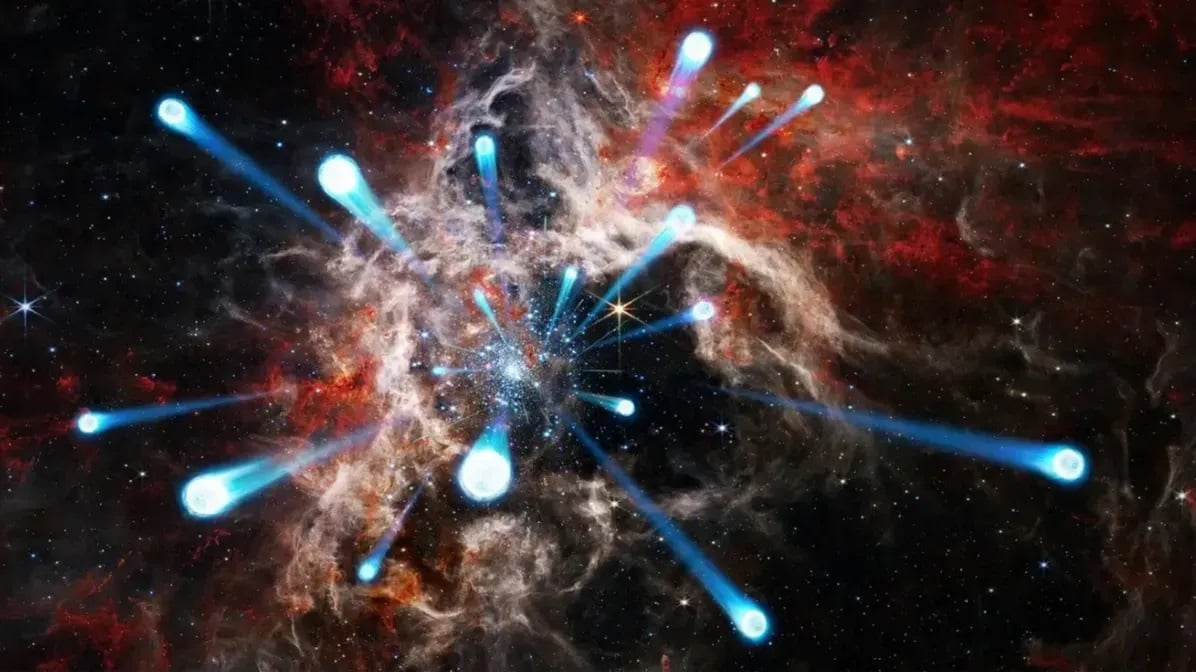
55 strange, bright, super-fast objects are rushing out of the Large Magellanic Cloud - Graphic image: ESA
The Large Magellanic Cloud is both a neighbor, a satellite, and a future adversary of the Milky Way.
This dwarf galaxy is hurtling towards us, causing a collision and galactic merger in the next 2 billion years.
But the 55 "hotheads" mentioned above were moving much faster than the speed of the entire galaxy and were rushing in all directions.
Some of them are fleeing the R136 star cluster at speeds of more than 100,000 km/h, about 80 times faster than the speed of sound on Earth.
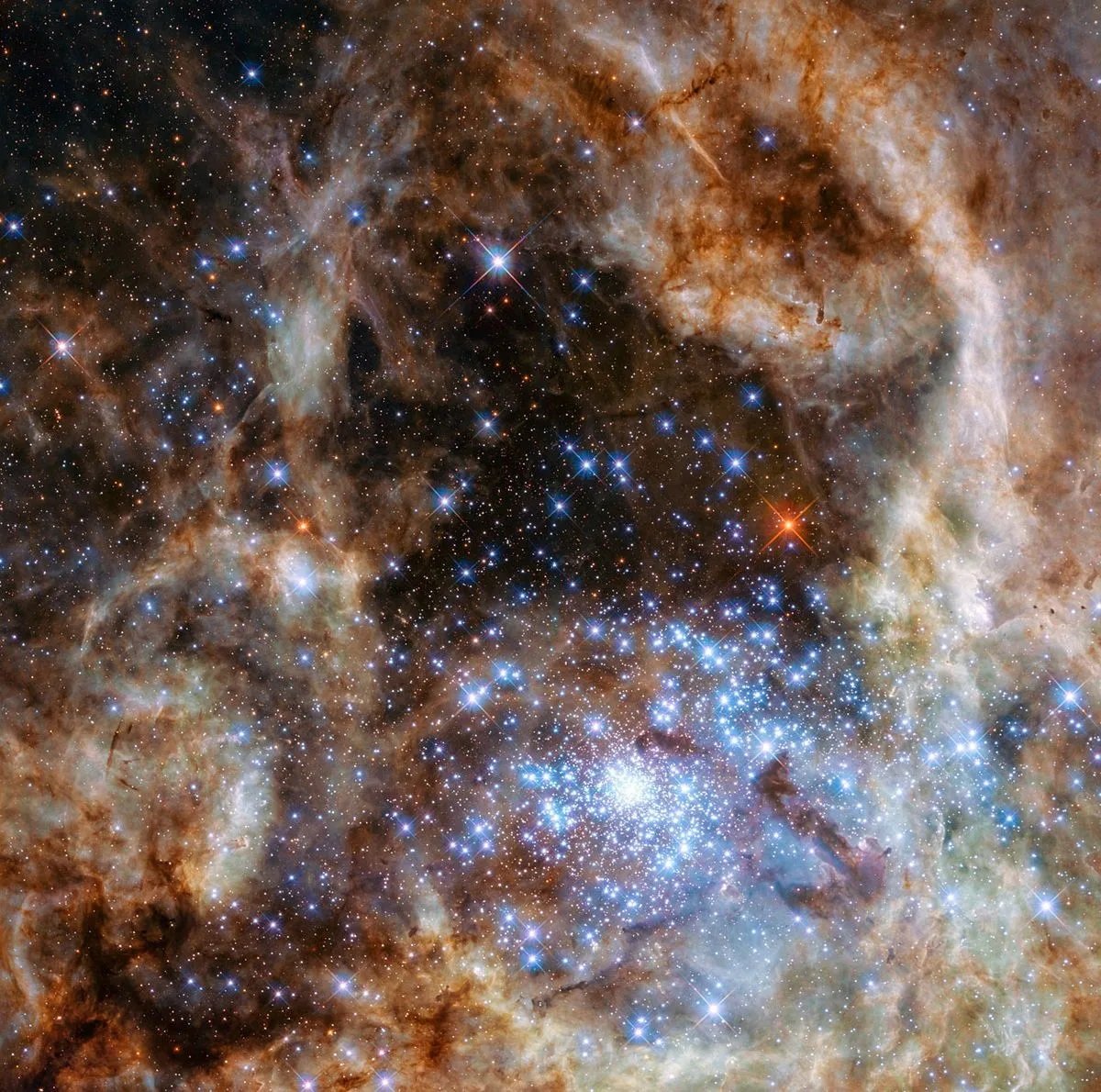
Star cluster R136 in the Large Magellanic Cloud - Photo: NASA/ESA
A research team led by astronomer Mitchel Stoop from the University of Amsterdam (Netherlands) identified these 55 objects as 55 stars that were ejected from their homeland by two violent cosmic explosions.
Like all the stars in the cluster they belong to, they are young and massive, some of them carrying up to 300 times the mass of the Sun despite being less than 2 million years old.
These runaway stars are large enough to die in supernovae, leaving behind black holes or neutron stars, which would act like cosmic rockets, exploding up to 1,000 light-years from their point of origin.
According to researchers, the turbulent and vibrant environment in this cluster caused the newborn stars to jostle, intersect, and have their orbits disrupted by each other's gravity.
This created enough explosive events to knock some out.
The first stellar ejection event occurred about 1.8 million years ago, when the cluster was just forming.
Meanwhile, the second event took place only about 200,000 years ago. The runaway stars in this second wave moved more slowly and were not shot off in random directions as in the first, but in more orderly fashion.
Scientists also believe that these two events have caused R136 to eject one-third of its largest stars in the past few million years, meaning that in addition to the 55 terrifying objects mentioned above, there are still others that Gaia has not recorded.
Massive stars like those ejected from this young cluster can be millions of times brighter than the Sun, emitting most of their energy as intense ultraviolet light.
But this power comes at a cost: Massive stars like these burn through their fuel for nuclear fusion very quickly, and are therefore short-lived.
The estimated lifespan of this giant star is only a few million years, while our Sun can live up to 10 billion years.
Source: https://nld.com.vn/tren-duong-va-cham-chung-ta-mot-thien-ha-phong-ra-55-vat-the-la-196241018095420045.htm










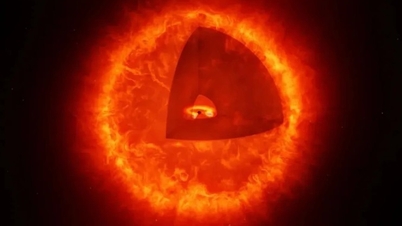



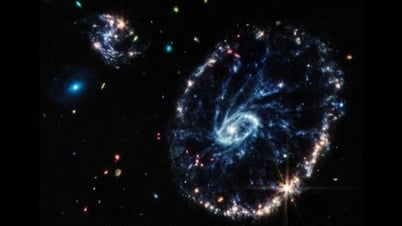


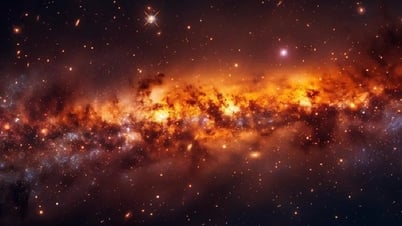




























































































Comment (0)